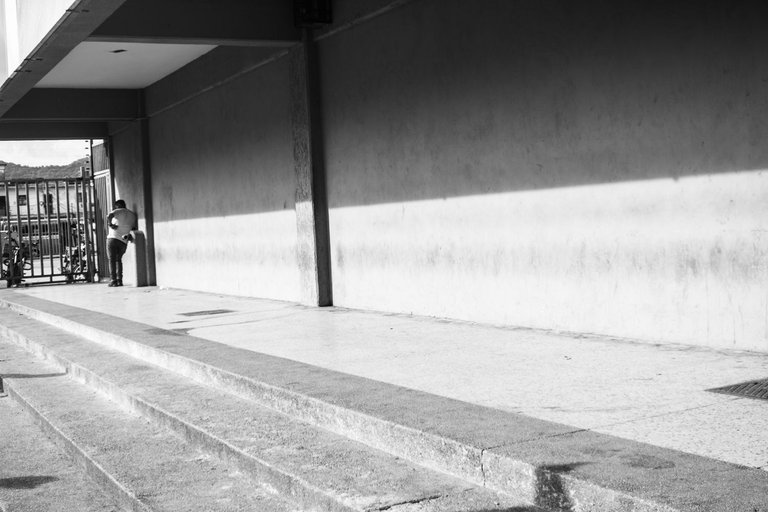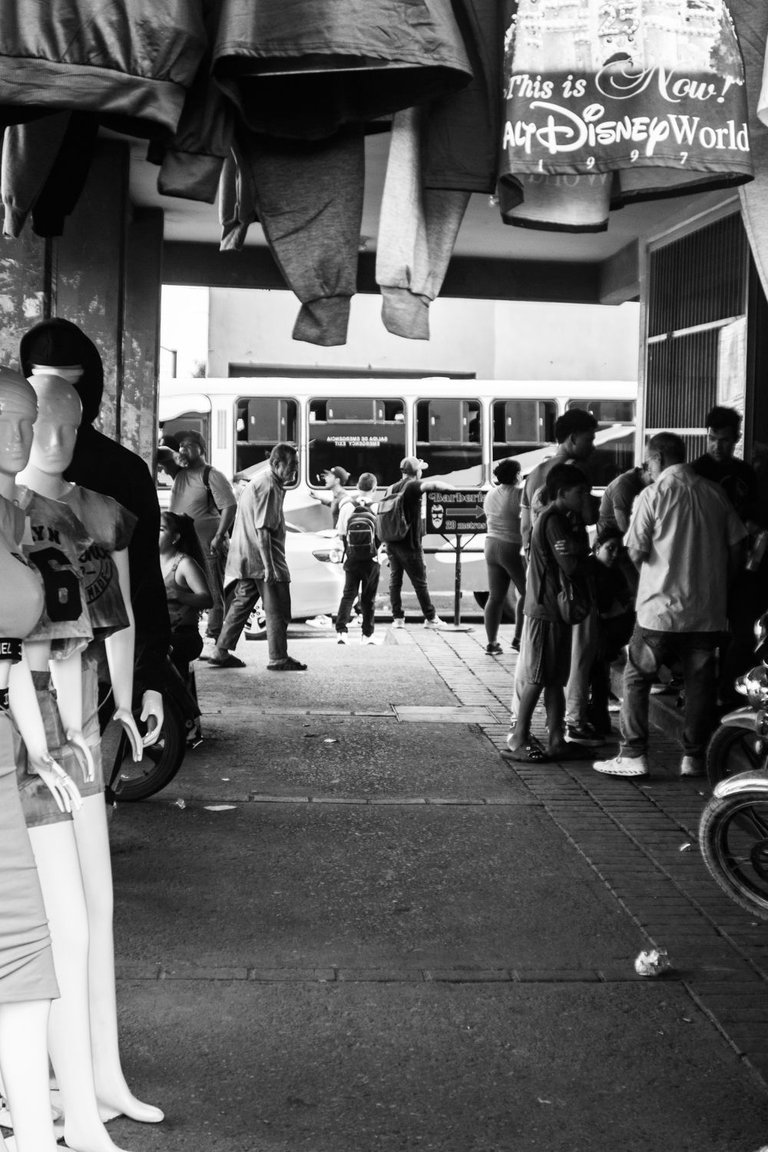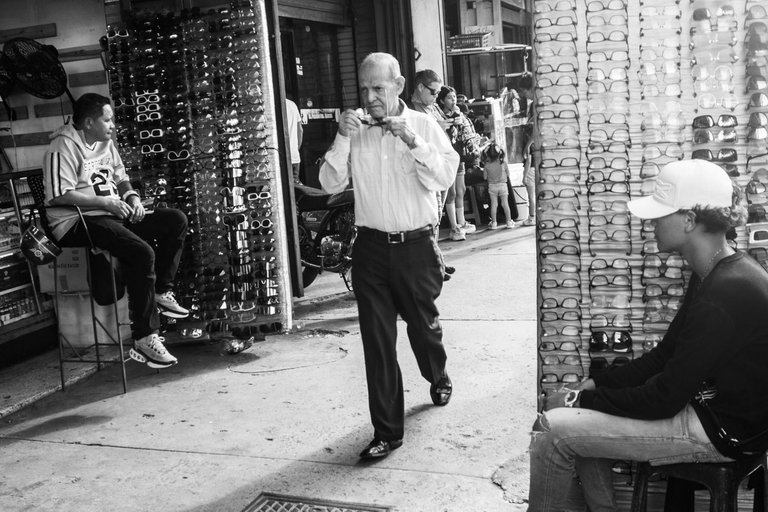When black and white rules (ENG-ESP)-Monomad challenge

Black and white is used for various reasons. At least, that's how I see it:
It's not about seeing "without color" out of whim or mere aesthetics. It's true that color can guide the eye to specific points to read the image, and it's also a natural reflection of what our eyes perceive. However, black and white gives you the opportunity to observe for us—that is, to see what our eyes alone don't capture by default.

El blanco y negro es utilizado por varias razones. Al menos, yo lo veo de la siguiente manera:
No se trata de mirar "sin color" por capricho o mera estética. Es cierto que el color puede guiar al ojo a puntos específicos para leer la imagen, además de ser un reflejo natural de lo que nuestros ojos perciben. Sin embargo, el blanco y negro te brinda la oportunidad de observar por nosotros, es decir, de ver lo que nuestros ojos por sí solos no captan de forma predeterminada.

This doesn't mean there aren't images that don't need color to captivate; quite the opposite: color provides meaning, creates an atmosphere, and essentially harmonizes an image. But like everything in life, not everything applies to everything.


Esto no quiere decir que no haya imágenes que no necesiten color para cautivar; todo lo contrario: el color da sentido, genera una atmósfera y armoniza la esencia de una imagen. Pero, como todo en la vida, no todo aplica a todo.

So, black and white is an equally valuable resource that also helps to highlight an image's volume and texture. Depending on what you want to communicate, it can be a great help or not.
Some photos, from the very first shot, demand to be in black and white; others work well in both color and monochrome, and some are only meant for color. Ultimately, it depends on what's seen, and also on who is observing and their intention.


Así que el blanco y negro es un recurso igualmente valioso que, además, ayuda a resaltar el volumen y la textura de una imagen. Dependiendo de lo que se quiera comunicar, puede ser de gran ayuda o no.
Hay fotos que, desde el primer disparo, piden ser en blanco y negro; otras funcionan tanto a color como en monocromo, y otras solo a color. Al final, depende de lo que se ve, y también de quién observa y su intención.